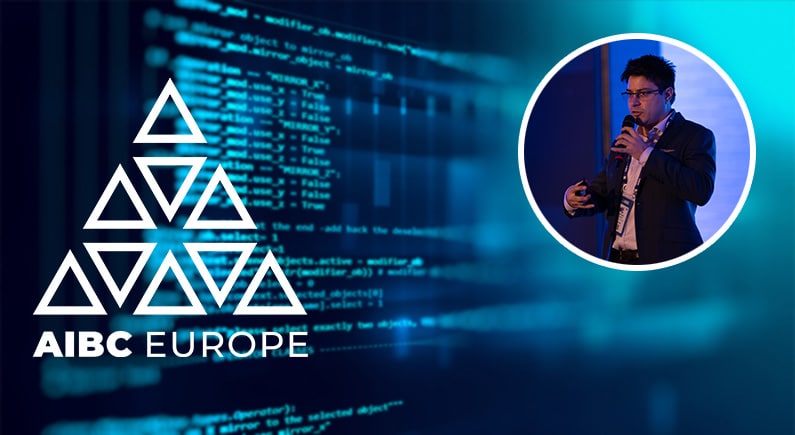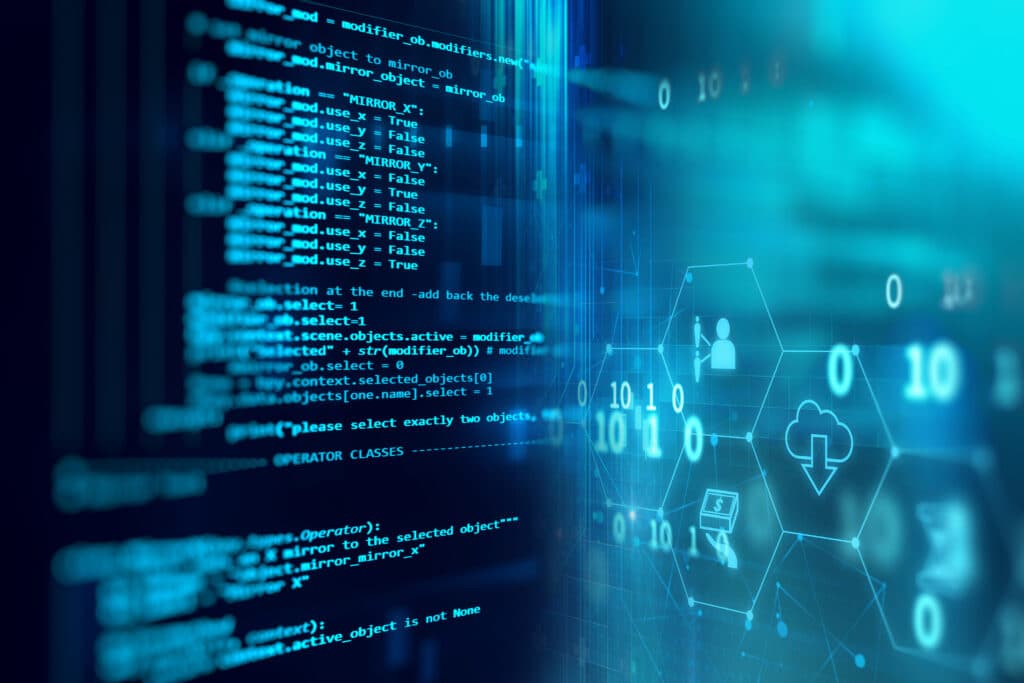[WATCH] DeCentralize and DeRegulate with Dr. Joshua Ellul at AIBC 2021

In a keynote speech, Chairman of Malta’s Digital Innovation Authority Dr. Joshua Ellul discusses the role of technological innovation in areas such as DLT and AI with respect to both regulation and the ability to decentralize
One of the main rallying cries of the Blockchain community has always been the demand for decentralization. With the original Satoshi Whitepaper being released shortly after the 2008 Financial Crisis, placing the blame for the meltdown squarely on centralized state entities and legacy banks acting in their own interests, the technology is almost tailor-made to undercut the power of Orthodox Finance.
Dr. Ellul elaborated that, while decentralization was a pillar of DLT-based technologies, the toolset provided by the Blockchain could also be very useful for autocratic governments.
The reality is that decentralization can also be a useful tool in an autocracy and also conversely that it can be an effective force for democratization. The thing is there is no definitive answer in regards to whether decentralization is a good thing to go for.
Moving onward, he also noted that the discussion between centralization and decentralization is normally framed as a fundamental dichotomy which wasn’t really the case in objective terms.
There is a spectrum, a continuum of decentralization and of how decentralized a system can or should be. If we look at the technology stack that we use in apps, from the networking infrastructure to the blockchain implementation on top of it, to the smart contracts, to the user interface, we can have different points of how centralized or decentralized the tech is.
He continued by pointing out the difference between legacy systems and the Blockchain. In most cases, the former was invariably either constructed to be centralized or had become centralized over time as influence consolidated within a few leading firms or interests.
If we look at our internet, it is heavily centralized. We trust our ISP. We trust our DNS providers. We trust our domain name system. If we look at the blockchain implementation, that is where we achieve decentralization and so that is heavily decentralized at the application layer. The actual smart contracts can be as centralized or as decentralized as the logic you encode into the smart contracts. If we talk about the user interface, the layer has been heavily decentralized.
He carried on by referring to the fact that it wasn’t just the technology that controlled whether a DLT infrastructure went down a decentralized or centralized path, it was also the social governance of the community and the executive decisions taken from that consolidation that influenced the infrastructure’s lean towards either centralizing or decentralizing.
Consider this scenario, we’re going to upgrade to a particular version of a fork of a network, and there’s a popular voice saying let’s choose X, whatever X may be. There’s a less popular voice that may say let’s choose Y. Let’s assume that Y is the greater good, Y is the right thing to do. Because X is a popular voice, everyone adopts X, and we’ve seen this in the past. This scenario does happen. So we have aspects of popularity, the popular voice winning in these social structures.
This transforms the 2D structure operating along a technological axis of centralization and declaration into a 3D structure due to the need to add the additional dimension of social governance. While the spectrum does offer a broad variety of options, Dr. Ellul noted that no DLT is completely decentralized. This being said, he stated that the ability provided by DLT-based technologies had immense potential when it comes good fiscal governance through its transparency, verifiability, immutability and the ability to provide a framework for tamper-proof coding and smart contracts that would allow users to transact while taking away their ability to cheat.
How to decentralize regulation in an emerging industry
The reality is regulation does exist and we need to abide by it in certain circumstances. Now regulatory oversight can be burdensome for both the regulator and the regulated entity. Initially Lessig came up with this idea of code is law and code is law had nothing to do with what we say in the smart contract worlds.
In this, he references Lawrence Lessig’s statement that “Code is Law”, the argument that code manipulates human behavior in a way that is similar to law or regulation. Meanwhile, he argues that the type of coding that goes into smart contracts makes them more akin to the Laws of Physics, laws that are inherently immutable.
So what we can do instead of continuously monitoring these types of systems (smart contracts) and applying these regulatory burdens on these types of systems, we can check once for the correctness of these types of systems and by getting a level of assurance that the code is correct, we can remove the regulatory burdens on ongoing compliance.

He concludes by referring to the work being put forward by the Malta’s Digital Innovation Authority in this regard.
We started at the digital innovation authority by coming up with a system auditor framework, to look at code and come to the level of opinion that the code is fit for purpose. It’s a certification framework involving system audits that might be onerous for certain types of startups and risks and because we knew this and because we started out with this heavily onerous, heavily risky protocol, we then said “how can we open up this framework for a less risky, a more startup friendly approach?” So we’ve launched the technology assurance sandbox, which aims to get to the level of certainty that certain code is fit for purpose without going through the whole system audit process.
He noted that finding a balance between efficiency and due diligence was vital because of the simple fact that even simple code could be buggy and buggy code could be lethal in the wrong circumstances.
The NASA Spirit Rover became unresponsive after landing on Mars after a few weeks due to a trivial bug, the Therac-25 radiation therapy killed at least five known patients and this was trivial software. This was not recent software. Now we’re talking about new types of systems, AI, more complex systems. If we have even trivial bugs causing such critical outcomes, what are we going to do with these ecosystems that are more complex?
AIBC returns to the United Arab Emirates:
Drawing the leading figures of the emerging tech world to the Middle Eastern metropoles for cutting edge technology, the 2022 AIBC UAE expo plans to unite the policy-makers, developers, C-suite executives, and legal experts of the burgeoning AI and Blockchain sectors. Through three days of educational panels, inspiring keynote speeches, workshops, and networking events, the expo seeks to create the foundation that the Industrial Revolution 4.0 can be built upon. Join us from the 20th to 23rd March 2022, in UAE.










